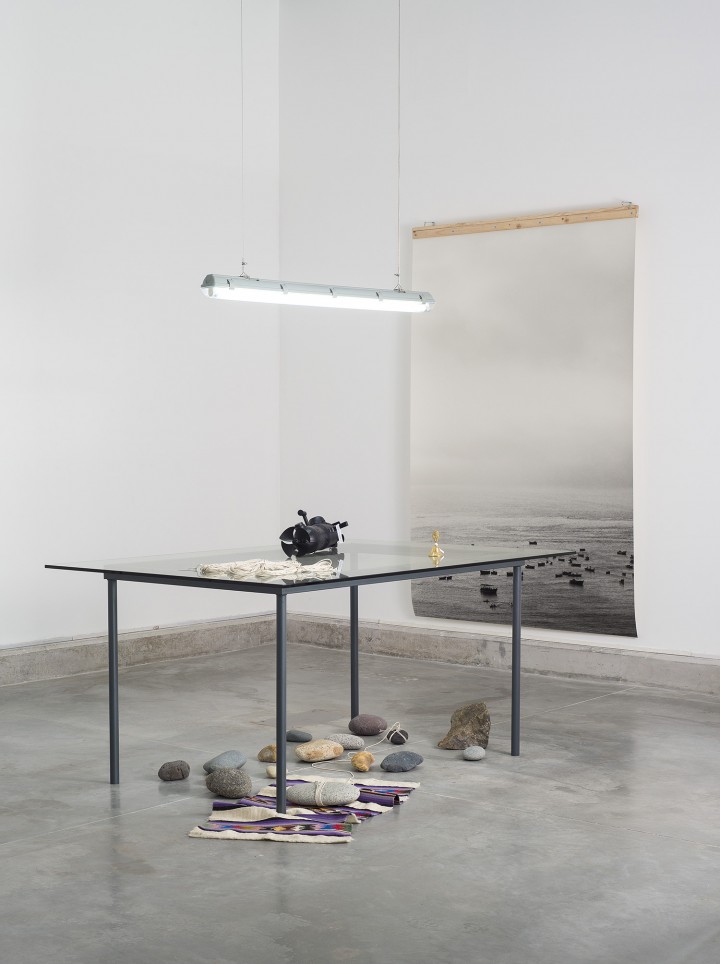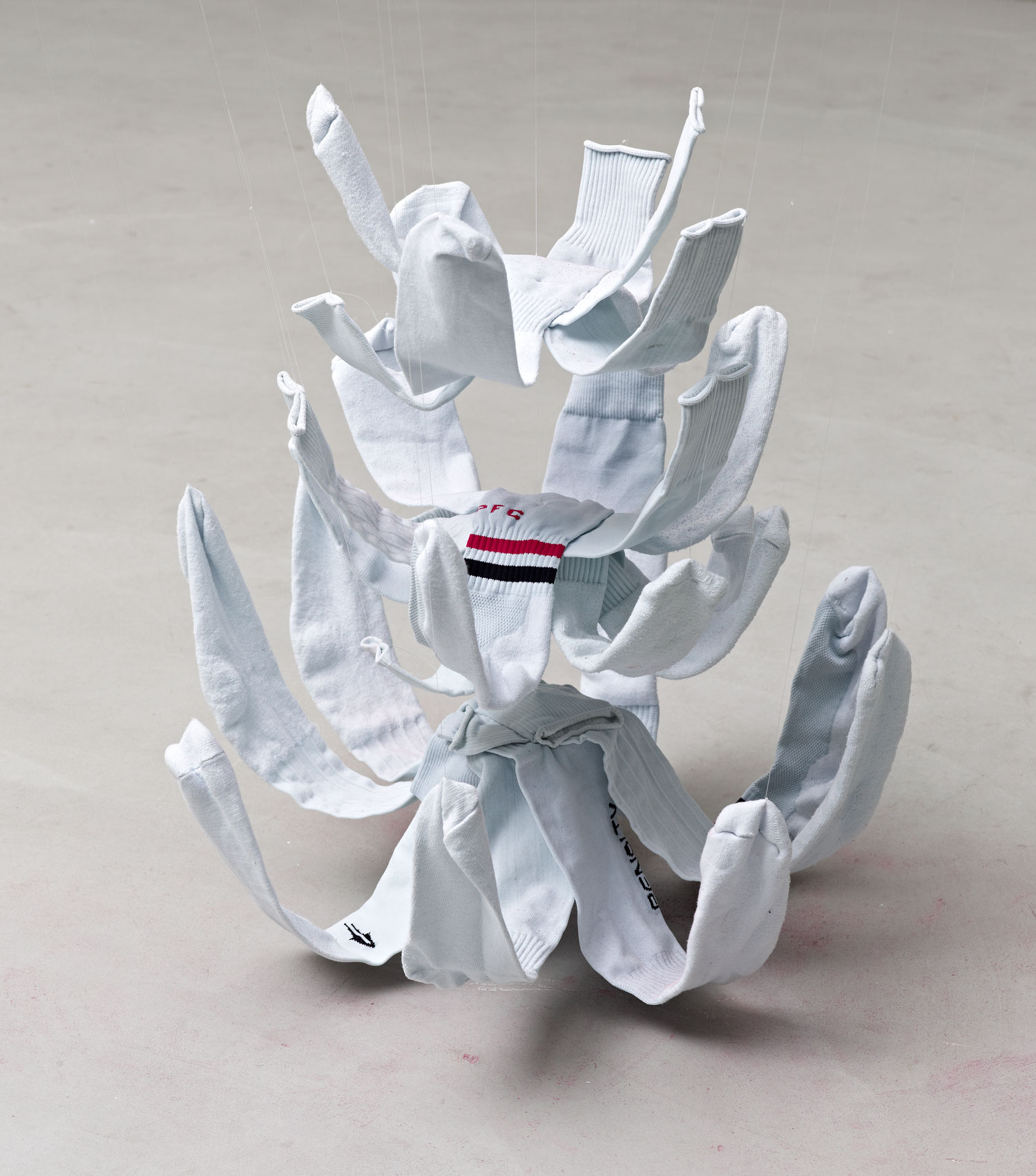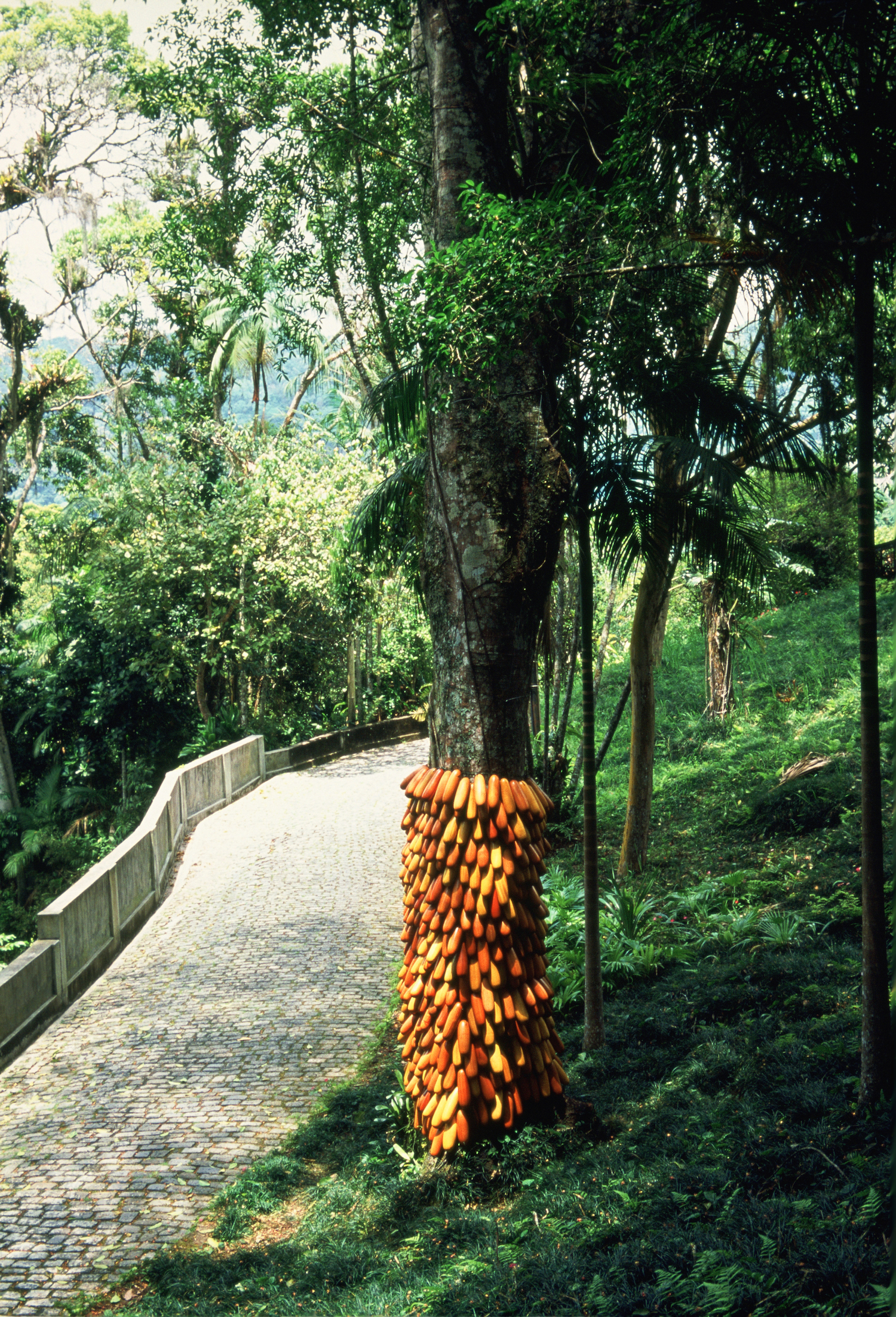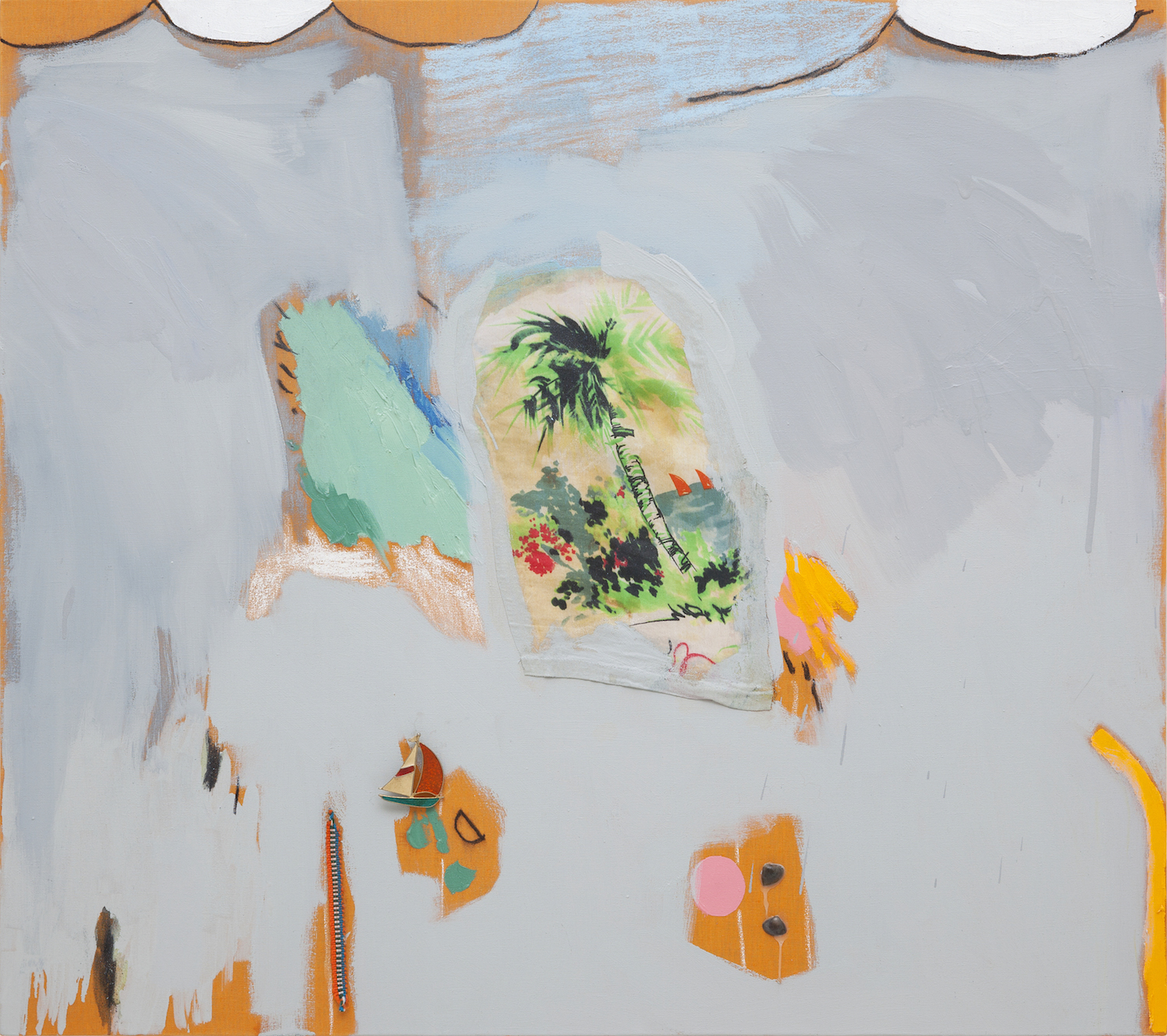
In the aftermath of the global financial crisis in the late 2000s, the international media seemed to give unprecedented exposure to all things Brazilian. The country, which until fairly recently appeared to have survived the crash relatively unscathed, was often portrayed as a kind of Eldorado of the 21st century, an idea that was epitomized by a 2009 cover illustration for The Economist — under the rubric “Brazil takes off” — showing Rio de Janeiro’s landmark Christ the Redeemer statue rocketing off the Corcovado mountain. (Four years later, in the wake of Brazil’s economic downturn, the magazine featured on its cover the same statue spiraling downward.) Despite the fact that the optimism portrayed by the international media in this period was not altogether mirrored in the local press, the image of Brazil as a prosperous emerging economy abounded, something that was further fuelled by the announcement that the country would host two major global events: the World Cup in 2014 and the Olympic Games in 2016. For many Brazilians, there was a slightly uncomfortable feeling of déjà-vu, as if the post-war “myth of progress” that once loomed over the nation, only to be dissipated by twenty years of military dictatorship, had been revived.
Presented for the first time in 2010, Beto Shwafaty’s project Remediations centered around a video collage of archival material spanning the fifty decades that separate these two “golden eras” of development in the country. Excerpts from tourism campaign videos showing the natural wonders of the country are interspersed with a short clip of the animated character Joe Carioca (created by Disney during the Cold War era), an interview in which intellectual Milton Santos speaks of the legacy of colonialism, and a fragment of the (in)famous scene from Glauber Rocha’s Entranced Earth (1967) where a journalist silences the union leader who was asked to “speak for the people” but is unable to articulate a coherent discourse. This nonlinear narrative forms a collection of disparate ideological positions aimed at rectifying the country’s structural problems in different historical moments, and highlights the various ways in which these are manifested visually or discursively.
As in other works by Shwafaty, exhibition display is a prominent concern, and the latest iteration of Remediations (at Paço das Artes, in São Paulo, in 2014) comprises a small lounge with a few chairs of different styles facing an old-fashioned tube television playing the video, a glass top display table containing vintage books and magazine articles on different Brazilian topics and a series of five framed works on paper organized around a screen-like structure made of metal and lattice. The artist’s methodology combines curatorial thinking and institutional strategies, in the tradition of names like Marcel Broodthaers, Goshka Makuga and Marion von Osten, to name a few. Furthermore, many of his research projects are developed over extended periods of time, expanding their scope and testing new configurations each time they are exhibited.

At the center of Remediations there is a shrewd meditation on the idea of progress and modernization that became closely identified with Brazil’s late modernist aesthetics in the 1950s and on how this projected modernity has been persistently thwarted by old colonial structures. A new addition to the installation, the lattice screen is an architectural feature typical of colonial times which, as the artist tells me, was officially banned from the urban space in the city of São Paulo at the turn of the last century — possibly because the ideology encoded within them was at odds with the first modernizing impulse to transform the provincial village into a metropolis — and was later recovered and incorporated by modernist architects such as Lucio Costa. For an artist like Shwafaty, who is deeply interested in the way designed objects and structures produce publicly shared meanings and behaviors, the presence of the lattice also suggests “a continuity between the Baroque (the dominant style during much of the colonial period) and the Modern,” as he puts it, hinting at the idea that Brazil experienced brief moments of a “modernity that never was” without effectively breaking from old socio-economic structures.
In 2014, another project titled Foundations of the Design Substance: Cultural Metaphors to Design a New Future was suitably presented at Niemeyer’s futuristic spaceship-like OCA, in São Paulo, part of a building complex designed in the 1950s in the Ibirapuera Park, which also includes the Biennial Pavilion. The work is based on the artist’s extensive research around the activities carried out by Olivetti — the Italian typewriter manufacturer — during the first half of the 20th century, when director Adriano Olivetti implemented a utopian, socially oriented business model in which design played a fundamental role.
Once again, rather than showing individual works, Shwafaty creates a designed environment that includes, among other elements, impressive corrugated steel panels inspired by the façade of Olivetti’s factory in Ivrea that function as displays for a timeline highlighting key moments in the company’s history printed on translucent Plexiglas sheets mounted on metal frames, a series of works in paper reinterpreting promotional materials arranged along a freestanding wood-paneled structure and a typewriter installed on an elegantly designed granite base like in the original Olivetti showroom. Although short-lived, the Olivetti experiment seems to interest the artist as an example of modern design principles successfully applied to a multinational company, creating a social and productive system that resembled a palpable version of socialism. However, his approach to modernist design principles is not a nostalgic or fetishistic one: it is rather seen as an entity that still permeates the contemporary world and that may be able to offer some insights on how Brazil can resume, recontextualise and update its unfinished project of modernity.





